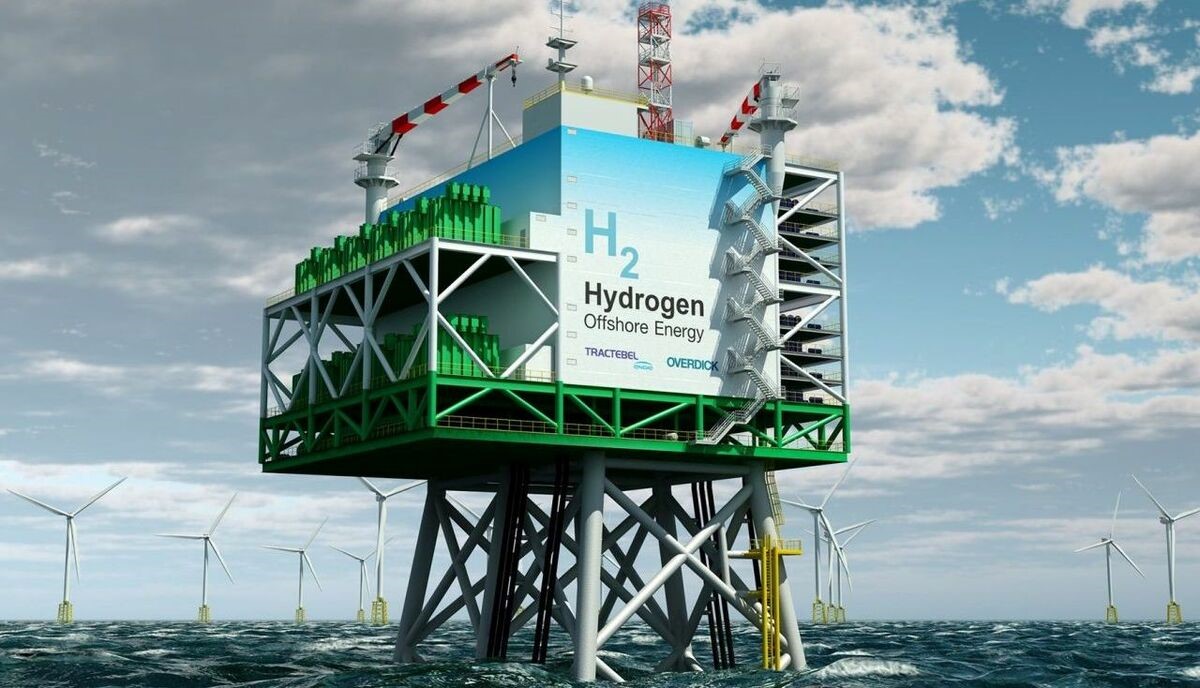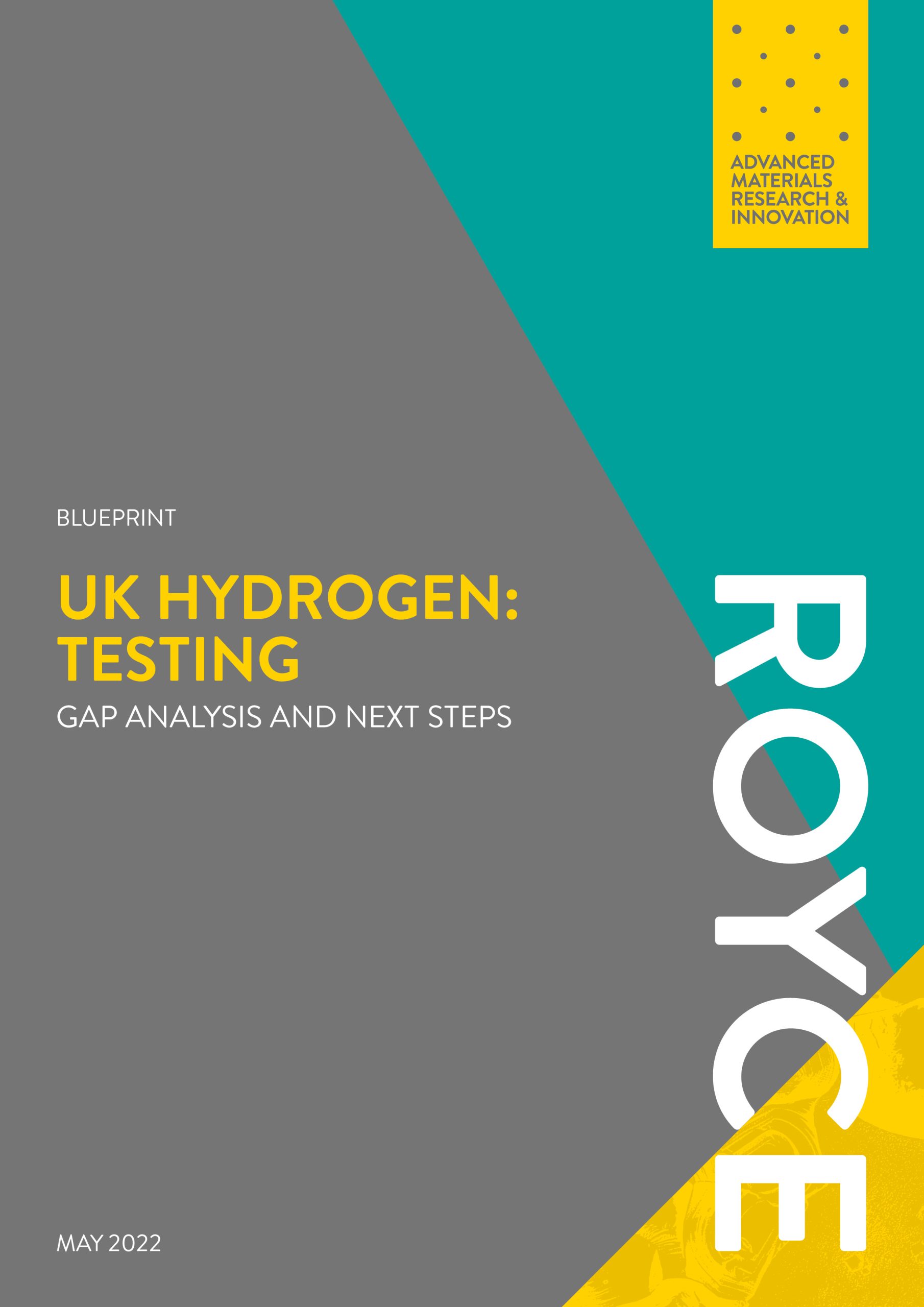Wide-scale hydrogen deployment demands materials compatible with its production, storage, and distribution; with this in mind Royce commissioned a Materials for end-to-end Hydrogen landscape report last year, to explore the next steps required in the development of advanced materials for a new hydrogen economy.
The landscaping programme set out to identify the most valuable materials research areas to accelerate this energy transition and took on board many different perspectives from across over one hundred companies and universities.
This work was the precursor to the development of two, important newly developed Hydrogen Blueprints which together provide a clear gap analysis and recommendations for next steps in relation to both UK hydrogen testing capability and UK Electrolysis Needs.
UK Hydrogen Testing Blueprint
The Hydrogen Testing Blueprint provides, for the first time, a comprehensive view of the UK’s testing capabilities and is designed to inform future spending plans in this area. It sets out how the UK’s hydrogen testing needs can be broadly divided into a series of temperature and pressure domains aligned to industry and academic needs in each area.
The Blueprint demonstrates that while the UK has core capabilities in hydrogen testing, we also need to invest further to strengthen the testing base to provide resilience and develop the future talent pool.
 UK Electrolysis Needs Blueprint
UK Electrolysis Needs Blueprint
This second UK Electrolysis Blueprint provides for the first time a comprehensive view of the UK’s electrolysis capabilities and, once again, is designed to inform future spending plans in this area. It sets out how the UK’s electrolysis needs for hydrogen can be broadly divided into a series of scale up, electrolysis type and monitoring domains, again with the aligned industry and academic needs identified for each.
Once again, while it is clear that the UK has core capabilities in electrolysis, this analysis highlighted areas in which we need to invest further to strengthen the base, to again provide resilience and develop a skills pipeline.
Royce Hydrogen Lead, Bob Sorrell, said:
“The recommendations and next steps set out in these Blueprints will ensure the UK has both the required materials testing capabilities and electrolysis materials resources to support hydrogen production at terawatt (TW) level and for wide-scale hydrogen deployment in a 2050 timescale.
“We do expect the Blueprints to be refined further as we continue to receive feedback and as the hydrogen sector evolves. We are grateful to the advanced materials community for their input to this project which is one important step in the development of a world-leading hydrogen economy.”
Footnote
A key step in the blueprint development process, and in order to get a better understanding of the current materials test facilities in the UK, Royce, together with KTN, undertook a survey of Research and Technology Organisations (RTOs), businesses, universities, and commercial test houses. Members of the materials community were able to report on capabilities available in the UK. The submissions reflect different groups of facilities, and set out both existing and plans for new capabilities. Here you can access the results of the survey on UK hydrogen testing capabilities in the form of a spreadsheet.




